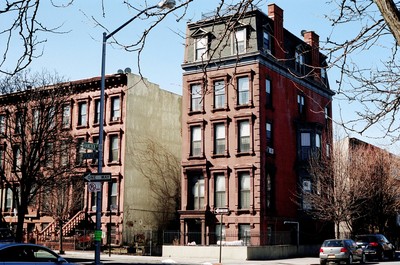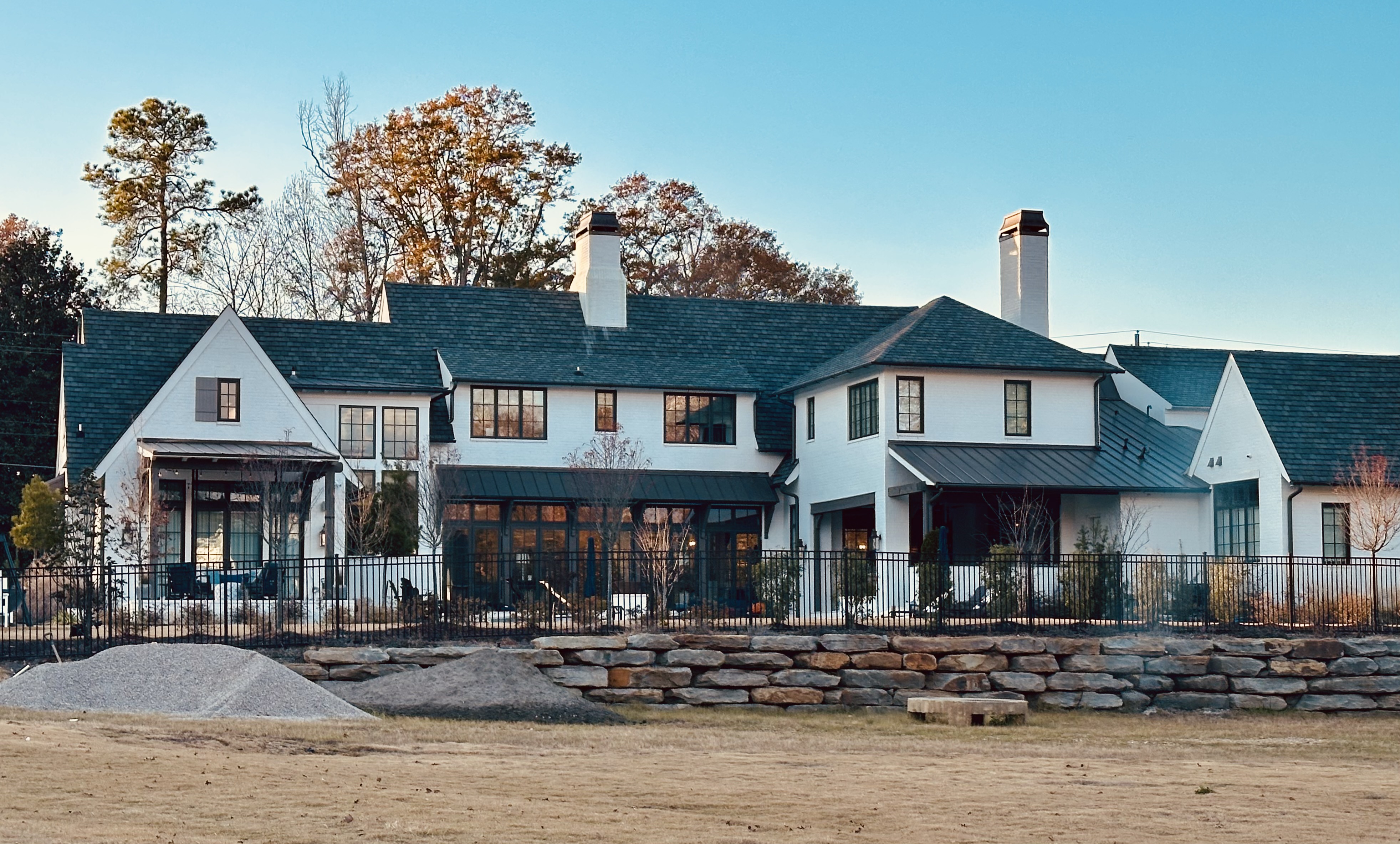Property Tax Breakdown for Luxury Homes in Lee and Tallapoosa Counties
Understanding the property tax landscape for luxury homes requires peeling back layers of tax codes and fiscal policy, each intricately woven to underpin community resources and infrastructure. Unlike settling a simple bill, property taxes emerge from a tapestry of assessments, rates, and exemptions that can befuddle even the most financially astute homeowners. At the heart of this fiscal labyrinth are property valuation, millage rates, and local tax policies—all coalescing into the final tax liability. For those possessing the architectural marvels nestled in barely-perceptible meadows or perched dramatically above serene waters, these taxes assume even greater significance, both in terms of financial and civic understanding.
The cadence of taxation in Lee County brings forth a symphony composed of county obligations, municipal duties, and the all-important school district taxes. Here, luxury properties, with their expansive vistas and meticulous designs, aren't merely homes—they're also robust contributors to local revenues, with assessments frequently harmonized to match their hefty market valuations. Such valuations embrace each sculpted garden path and every newly-installed state-of-the-art smart home system, ensuring alignment with current market realities. In Lee County, a cadre of skilled appraisers assess properties with periodic rigor, recalibrating values to maintain equilibrium and fairness across varying property classes.
Tallapoosa County paints a similar scene but with slight variations, reflecting individual community needs and scholastic allocations. The zeitgeist of property taxation in this county encapsulates its local government’s funding necessities while maintaining an eye on equitable distribution. Millage rates show nuanced differences due to these factors yet advance a philosophy of scalability, recognizing the diverse fiscal demands inherent to raising standards in education and community projects.
For both counties, researching the impacts of specific tax regulations provides clarity to those entwined in the luxury market. State laws in Alabama, with their homestead exemptions, offer potential relief—a glimmering beacon for some. However, as property values ascend into the luxury echelon, these exemptions recede like a tide, reducing their apparent magnanimity. Thus, million-dollar homes perched along picturesque mainland expanses or ensconced beside placid waters experience a recalibrated exemption, altering the dynamics of the overall tax tribute. Those who own these properties encounter unique considerations, as every fractional change in assessment or millage rate can spark a significant shift in annual financial responsibilities.
Bridging the understanding of these intricacies lies not just in numbers but in dialogue with the tax authorities who orchestrate this fiscal symphony. Direct engagement can illuminate nuances rarely evident from passive observation. Additionally, allying with informed real estate professionals offers a dual advantage: the strategic navigation of regulations and alignment with broader market movements. As these professionals often possess insights into regional property trends and historical tax shifts, they offer a compass directed through the dense fog of fiscal policy that shapes luxury real estate tax obligations.
In areas such as Auburn and Opelika, the presence of an esteemed academic institution like Auburn University adds another layer to the tax narrative. As university-affiliated professionals and alumni intermingle within the luxury property market, considerations about property values and their associated taxes are influenced by both intellectual pursuits and market-driven forces. This creates a unique blend, where education and economics interact symbiotically within the larger framework of community support. The taxes gathered here echo into the classrooms and campus facilities, supporting a legacy of learning that stretches far beyond county lines.
Lake Martin, with its idyllic waterfront offerings, beckons professionals and retirees alike, eagerly seeking havens of tranquility or wise investment opportunities. Here, tax obligations manifest as both a civic duty and a personal realization, fueling environmental stewardship and community engagement. In this vibrant landscape, luxury homeowners—whether investing for recreation or utilizing property tax dynamics for advantageous positioning—must discern the balance between their residential delight and the fiscal responsibilities tethered to such enjoyment.
Ultimately, an understanding of property tax regimes in these alluring corners of Alabama, replete with rolling hills and crystal-clear lakes, becomes more than a matter of financial prudence. It evolves into an appreciation of community values and civic participation that underscores the very essence of ownership. For the affluent buyer, this extends beyond the luxury of marble countertops and infinity pools, enveloping them in a richer mosaic of socio-economic contributions and protections for the cherished environments they call home.



Disclaimer: The information provided in this blog is for general informational purposes only and reflects personal opinions. It is not intended as professional real estate advice and should not be construed as such. While efforts are made to ensure the accuracy of the information, errors may occur, and laws and regulations may change. Readers are advised to consult with a licensed real estate professional or legal advisor before making any real estate decisions. The author and publisher disclaim any liability for any decisions made based on the information contained herein.









